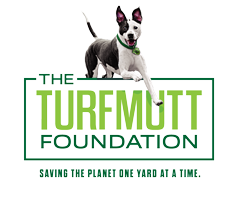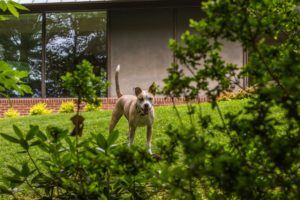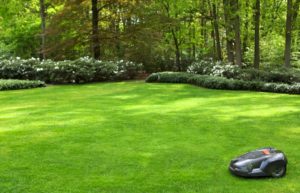
Myth #1: I will have to spend every weekend doing yardwork.The days of dad mowing the lawn every weekend in black socks and Birkenstocks are a thing of the past. Today’s equipment is designed to suit every yard and comes in a variety of power sources, including battery/electric, gasoline, propane, solar, and more. Smart technology has brought us robotic mowers that maintain yards with minimal effort. Some manufacturers are even stretching boundaries to use artificial intelligence when designing equipment.
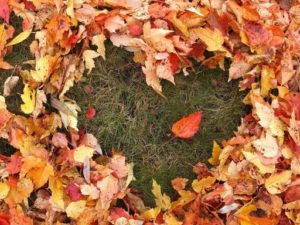
Myth #2: Having a lawn is bad for the environment. Living landscapes – including grass – offer a host of environmental benefits and give families an opportunity to combat climate change in their own backyard. The ordinary family lawn filters and captures runoff while also cleansing the water of impurities and dust. Grass controls soil erosion through its natural, dense, and fibrous root system. Living landscapes act like nature’s air conditioner, reducing cooling bills inside the home while mitigating the heat island effect caused by hardscape in our urban areas. Living landscapes also improve air quality, sequester carbon, and generate oxygen.
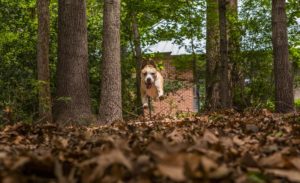
Myth #3: There’s no benefit to having a yard. A yard is not just about aesthetics. It also serves important functions for your family’s health and lifestyle and for the ecosystem as a whole. Living landscapes – including lawns comprised of turfgrass – offer places for children and pets to play and for the entire family to enjoy the outdoors, especially important as we’re all spending more time at home during the pandemic. Numerous studies have shown the benefits of green space to health, including improved mood, lowered stress, increased fitness levels, and more. People who have access to green spaces live longer, according to Harvard researchers. Another a study found that people living on streets with more trees had better heart and metabolic health. (The Living Landscapes Fact Book has even more health and well-being benefits of green space.)
Furthermore, grasses, trees, shrubs and other plant life provide much-needed food and habitat for birds, insects, and small mammals. Choosing the right plants for your climate zone is key to helping native wildlife. To determine the best types of turf, trees, shrubs, and other plants for your location, refer to the USDA Plant Hardiness Zone Map.
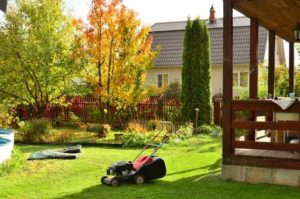
Myth #4: Yards use too much water. It’s actually important not to over-water living landscapes. Plants and trees will grow stronger and work harder – creating deeper, vertical roots – if they need to work to seek water. If you’re not getting rain, water deeply one day a week, preferably in the morning when temps are cooler and evaporation is at a minimum. This will create a healthier, more drought-tolerant lawn. You can also mix native plants into your yard that are appropriate for your climate zone They use less water than non-native species and provide vital habitat to local birds and wildlife.
For more information about the benefits of the living landscape, go to TurfMutt.com.
